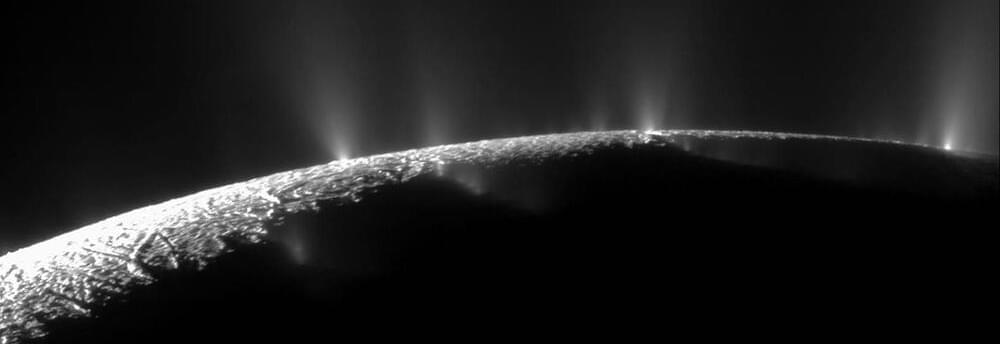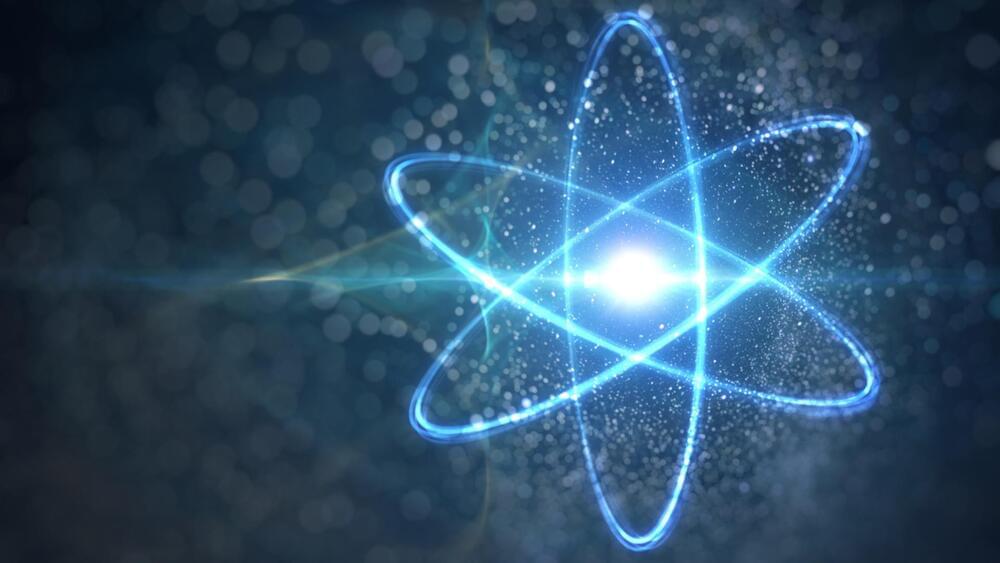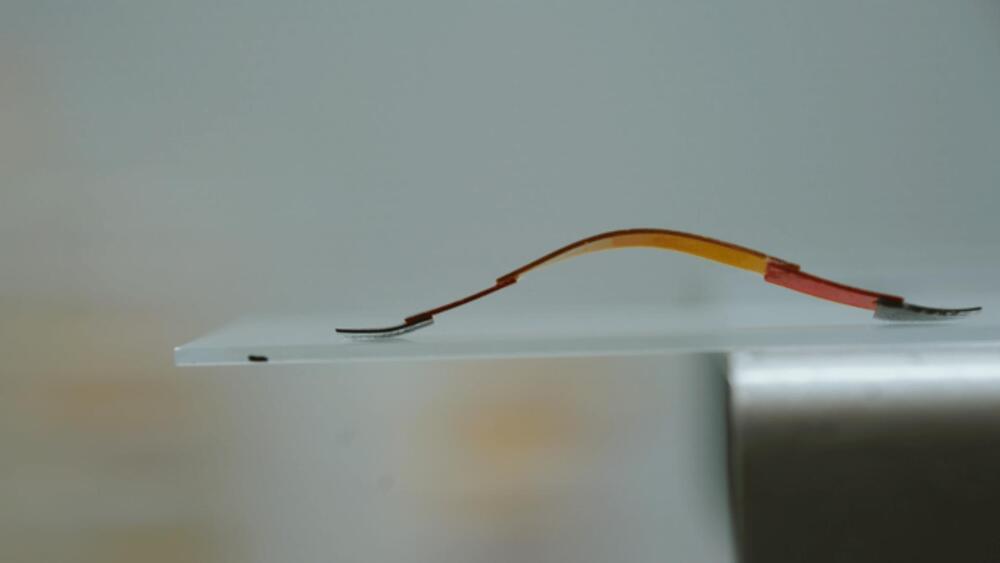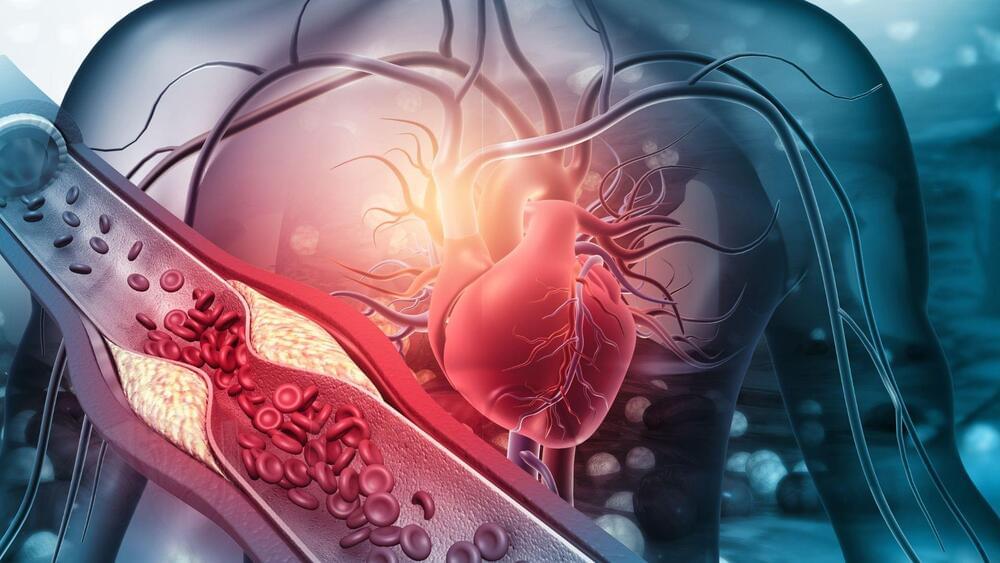Its A100 chip has the world’s fastest memory bandwidth at over 2 terabytes per second (TB/s).
Advanced language models powered by Artificial Intelligence have taken the technology industry by storm of late. Platforms like Google and Microsoft are racing to integrate AI capabilities into their search engines after OpenAI’s revolutionary model ChatGPT led the way in integrating AI to produce outstanding results.
AI models are getting highly complex as they take on next-level challenges, such as conversational AI. Such platforms need immense computing and processing power for AI, ML, and data analytics workloads.
Andy/iStock.








